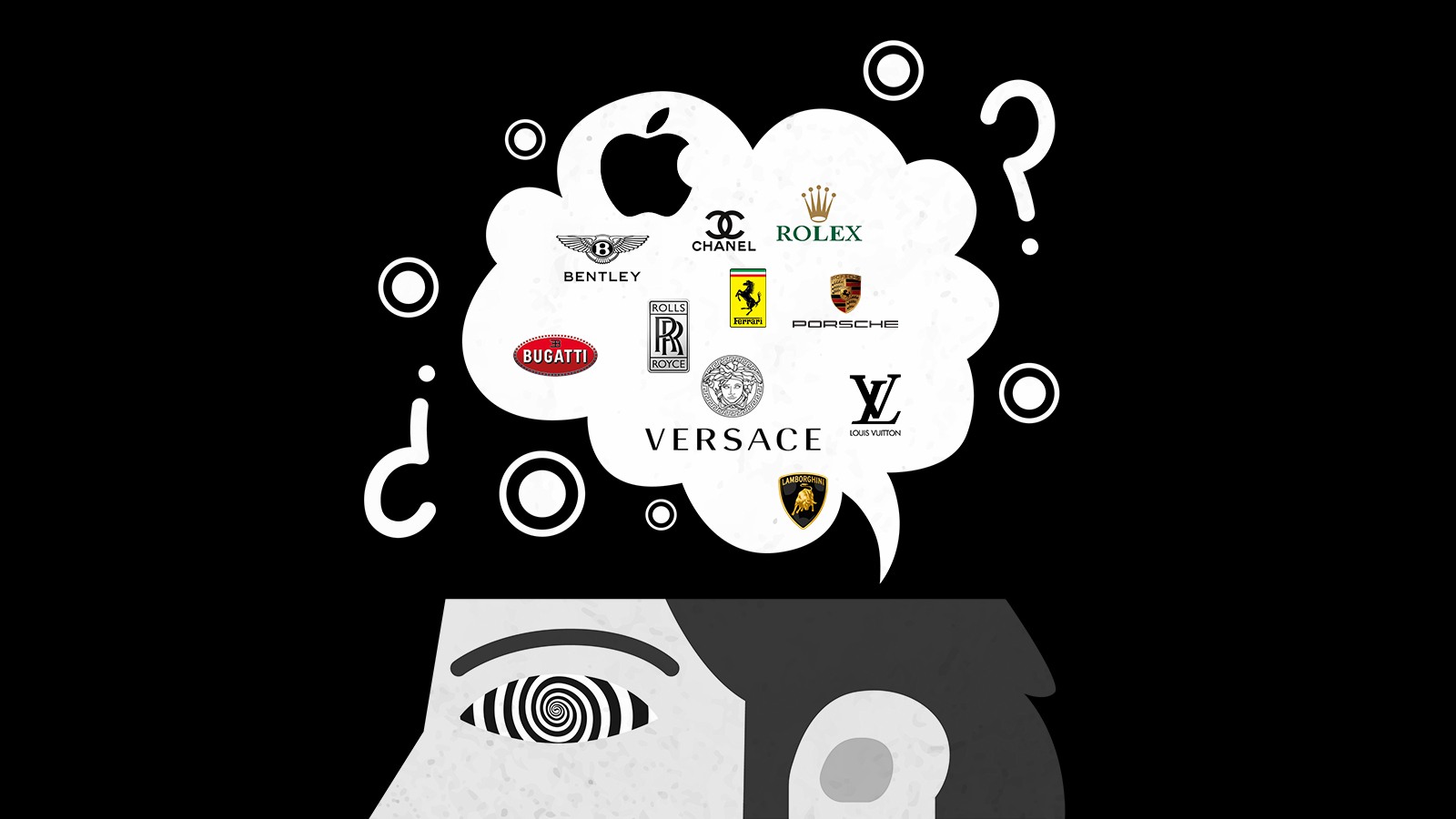There are a number of reasons why we fall for brand illusions. Some of the most common reasons include:
- Social conditioning: We are constantly bombarded with messages from brands that tell us that their products are better than the competition. These messages are so pervasive that we start to believe them, even if there is no evidence to support them.
- Cognitive biases: We are all susceptible to cognitive biases, which are mental shortcuts that can lead us to make irrational decisions. One common cognitive bias that can lead us to fall for brand illusions is the confirmation bias. This bias leads us to seek out information that confirms our existing beliefs and to ignore information that contradicts our beliefs.
- Emotional appeals: Brands often use emotional appeals to connect with consumers on a deeper level. For example, a brand might use images of happy families or satisfied customers to create a sense of positive association with their product.
- Scarcity and exclusivity: Brands often create a sense of scarcity and exclusivity around their products. This can make consumers feel like they need to buy the product now, before it’s too late.
Here are some specific examples of how brands use these tactics to create brand illusions:
- Luxury brands: Luxury brands often use high-end packaging, aspirational advertising, and celebrity endorsements to create a sense of exclusivity and luxury. This can make consumers feel like they need to have these products in order to be successful or to belong to a certain group.
- Tech brands: Tech brands often use cutting-edge technology, sleek designs, and social media buzz to create a sense of excitement and innovation. This can make consumers feel like they need to have these products in order to stay ahead of the curve.
- Food brands: Food brands often use images of delicious food, happy families, and healthy lifestyles to create a sense of temptation and desire. This can make consumers feel like they need to buy these products in order to be happy and healthy.
It is important to be aware of the tactics that brands use to create brand illusions. By understanding these tactics, we can make more informed decisions about the products that we buy.
Here are some tips for avoiding falling for brand illusions:
- Do your research: Before you buy a product, take some time to research it online and read reviews from other consumers. This will help you to get a better understanding of the product’s quality and value.
- Compare prices: Don’t just buy the first product that you see. Compare prices from different retailers to make sure that you are getting the best deal.
- Consider your needs: Don’t buy a product just because it is popular or because it is advertised heavily. Think about your own needs and what you really want in a product.
- Be skeptical of emotional appeals: Brands often use emotional appeals to manipulate consumers into buying their products. Be skeptical of these appeals and think about whether they are really relevant to you.
Here is an example of how a brand can use social conditioning to create a brand illusion:
Brand: Apple
Illusion: Apple products are better than the competition because they are more innovative and stylish.
Social conditioning: Apple has been very successful at creating a sense of exclusivity and luxury around its products. The company uses high-end packaging, aspirational advertising, and celebrity endorsements to create a perception that Apple products are only for the elite.
Cognitive bias: Consumers are susceptible to the confirmation bias, which leads us to seek out information that confirms our existing beliefs. If we believe that Apple products are better than the competition, we are more likely to seek out information that supports that belief and to ignore information that contradicts it.
Emotional appeal: Apple often uses emotional appeals in its advertising. For example, the company has used images of happy families and satisfied customers to create a sense of positive association with its products.
Scarcity and exclusivity: Apple often creates a sense of scarcity and exclusivity around its products. For example, the company has limited the availability of some of its products, such as the iPhone X, which has made these products even more desirable to consumers.




